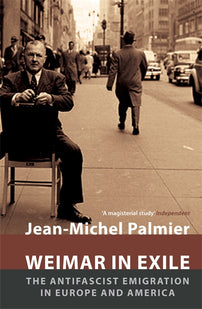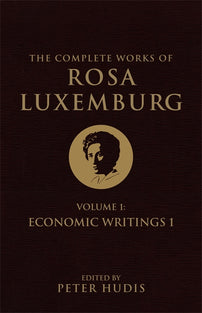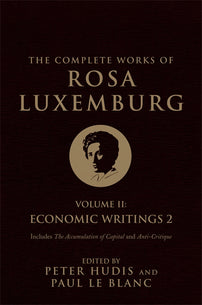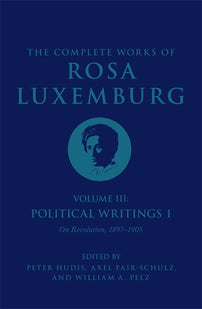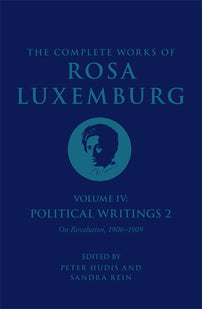Auguste Cornu remembers…
The last witness to Berlin’s artistic bohemia interviewed by Jean-Michel Palmier
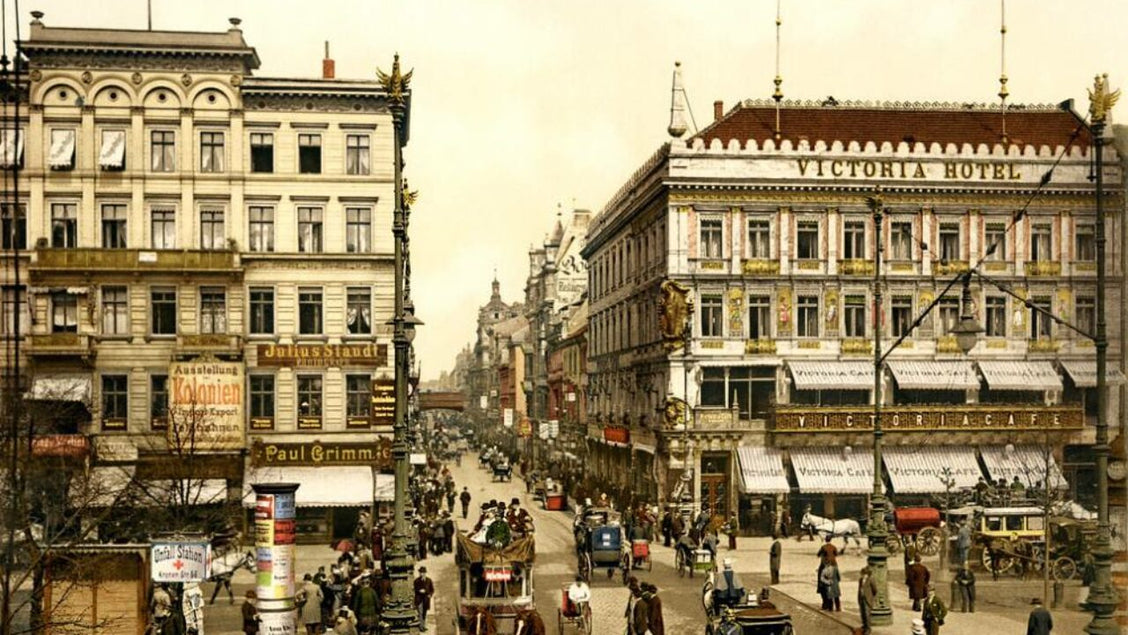
Originally published as: « Berlin 1900. Auguste Cornu raconte. Le dernier témoin de la bohème artistique berlinoise s’entretient avec Jean-Michel Palmier », L’Humanité, 30 septembre 1980.
Auguste Cornu[1] is known, above all, for his monumental four-volume biography of Marx and Engels. That was his life’s work, which he is still continuing at the age of 93, though currently staying for treatment at a cardiology institute in Berlin (German Democratic Republic). The was the city where he taught for a large part of his life after his thesis on Marx led to French universities closing their doors to him. A Germanist by training, and a historian of Marxism and its origins, he personally experienced the birth of German expressionism – a youthful revolt against Wilhelmine society, its egoism and its prejudices. Hearing him remember friends from the beginnings of Berlin bohemia before 1914, who would imagine he was himself one of them? When we see their work exhibited today, read discussions and books devoted to them, we sometimes forget that their protest was not abstract, but rooted in a world, a society, with all its repression and misery. This testimony of Auguste Cornu offers a different perspective from exhibitions and catalogues, restoring a bit of flesh and blood to people no longer with us. We publish it as a tribute to his work, as these memories form part of his philosophical and political journey – Jean-Michel Palmier.[2]
How did you come to frequent your pre-war Berlin bohemia and encounter expressionism?
My father was a teacher of German, and I was studying in Berlin at the time. I had a friend, Rudolf Kurtz, famous later as a theorist of expressionist cinema with his book Expressionismus und Film, who repeatedly said to me: ‘You have to choose. Either you study at the university and learn nothing interesting, or you join us at the Café Grossenwahn.’ The real name of this café was the Café des Westens, but it got its nickname, ‘delusions of greatness’, from the bohemian types who frequented it. They were young intellectuals convinced that they were geniuses. It was one of the favourite meeting places of the Berlin avant-garde, which I visited assiduously.
Life was not very expensive. Their only worry was the monthly rent... I lived in Berlin from 1906 to 1913. It was an extraordinarily free environment. I met Marinetti there, the father of futurism. He reduced everything to names, there were no more verbs. To evoke the countryside around Tripoli, he would just say: ‘addition, multiplication, subtraction’. I also remember one evening when I was at the café, sitting next to an ‘artist’. I don’t remember his name, but he scribbled on a sheet of paper and said to me: ‘No more realism, no more symbolism, but the direct expression of a feeling or an inspiration.’
An expressionist... ?
I don’t know. For me, expressionism was incomprehensible. I liked naturalism, Zola. I couldn’t understand what they were driving at.
What was Berlin like at that time?
It was a city rather similar to what Engels describes in The Condition of the Working Class in England, with an excessively exploited proletarian population. I encountered the German working class at a time when a worker earned ten cents a day. A litre of wine cost at least three. They all lived in wretched conditions, real slums. It was a strange world that you can see in some of the films of the time: dirty buildings, rear blocks hidden behind those facing the street. There was shameless prostitution, with the full complicity of the authorities. It was lamentable. Outside the bohemian circles, there was little freedom of thought. They were prisoners of all the clichés of Wilhelmine Germany.
I also knew the disreputable areas around AlexanderpIatz. And I often went to major proletarian neighbourhoods like Wedding. I met Karl Liebknecht there. At that time, the workers I encountered belonged to anarchist unions. They always displayed great solidarity. I also experienced the brutal repression. The ‘Belle Epoque’ existed only for a privileged few. What I discovered in Berlin was appalling misery. Today, May Day demonstrations are just a walk in the park. In Berlin, at that time, the workers marched in close ranks and mounted police charged them with their swords. Often, there were clashes and many people were injured.
Which particular figures did you know in that bohemian community?
Buck, a philosopher, Meyer who worked for the literary paper Weisse Blâtter, Rudolf Kurtz, a specialist in expressionist film, Rüdolf Leonhardt, a writer, Erich Mühsam, a poet and anarchist, Ricarda Huch, a writer, Else Lasker-Schüle, a writer, Cari Spitteler. Nobody really took them seriously. I frequented their circles and read their magazines. There was a real climate of freedom and revolt among them, which contrasted with the Berlin bourgeoisie.
One day, the editor of a Leipzig newspaper came to give a talk. Among the listeners were several students with the famous duelling scars on their cheeks. He began to praise Friedrich-Wilhelm II (r. 1786-97), and said that there was no need for a constitution, which was simply a piece of paper inserted between the crown and the people. I asked to speak and said, ‘Progress must be made, and if the Kaiser doesn’t make it, he’ll be cut down to size.’ This was a scandal. The whole room was in uproar and I was expelled.
What were the political ideas of these Berlin bohemians?
They weren’t easy to characterise. Many were anarchists. They came from the bourgeoisie but rebelled against their families, preferring to live in cafés, write poems, draw and paint rather than enter working life. They were oppositionists, but only on a verbal level. Their revolution scarcely went beyond the world of the cafés.
And Franz Pfemfert, editor of the magazine Die Aktion?
I knew him well. I had issues of his magazine which I later gave to the German Communist Party. But expressionism was foreign to me.
There were so many differences between France and Germany. I didn’t distinguish between impressionism and expressionism. I hung out with these expressionists without knowing who they were. For me, they were friends of my own age, who were escaping the bourgeoisie in the cafés. The lifestyle of the Wilhelmine era was almost feudal. You were defined by the military status of your family, and these families were very nationalistic. Order, sacrifice and discipline were the watchwords. Between 1900 and 1914, many young people rejected this lifestyle, these values. They were far from becoming socialists and had little to do with the Berlin proletariat. They hated their environment, their families. Girls also came and shared our dreams. They had freed themselves from the two principles that governed the education of bourgeois girls: virginity and dowry. Yet they were not ‘whores’. I vividly remember, in the proletarian districts, teenage girls who did prostitute themselves to feed their families, their faces crudely made up and pale, as if they had been dipped in flour. Even then, Berlin was a strange city, as lively at 3 a.m. as it was in broad daylight. More than half a century ago, I felt happy among these young people. I was 20 years old, the First World War was still far away. I find it hard to imagine that I am the last survivor of that generation.
Translated by David Fernbach
[book-strip index="1" style="display"][1] Auguste Cornu (1888-1981) was a French philosopher who, in Althusser’s words, ‘devoted his life to a young man named Marx’. After the War he took up a professorship at the Humboldt University in East Berlin, where he edited and published Marx’s 1844 Manuscripts. Only one of his books seems to have been translated into English, The Origins of Marxian Thought (Springfield, IL: Charles C. Thomas, 1957).
[2] Jean-Michel Palmier (1944-98), author of Weimar in Exile (Verso, 2006), was a leading authority on German expressionism. After publishing a long study on the failed 1919 revolution in Germany and its environment under the title L’Expressionnisme comme révolte, his work continued with Portrait d’une génération and the analysis of what the breakthrough of various expressionist sensibilities meant in the fields of painting, theatre and film. He was a member of the editorial board of the weekly magazine Révolution.
